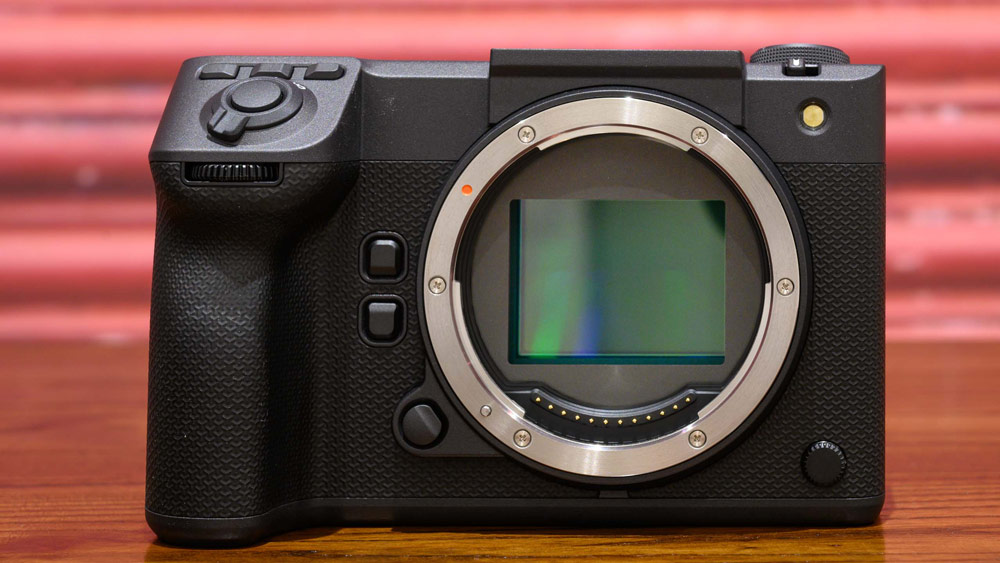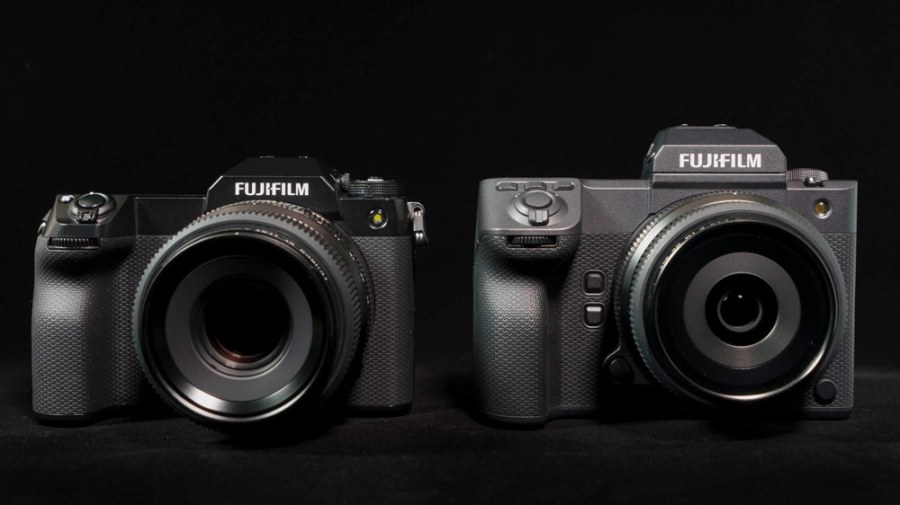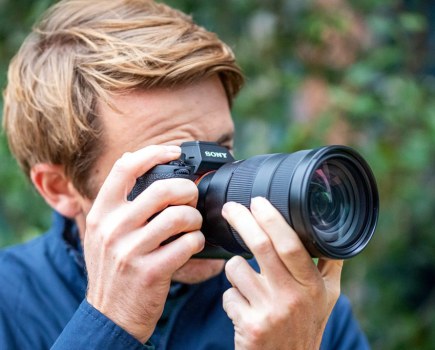Sponsored. Fujifilm’s GFX series of cameras has made medium format much more affordable and accessible. Angela Nicholson highlights its advantages over full frame.
When film photography was at its peak, there was a wide range of different film and frame sizes available and the maxim ‘the bigger the better’ was widely acknowledged to be true when it came to image quality.
That still holds today for digital camera sensors, but the huge technological leaps made in recent years mean that Fujifilm’s latest medium format cameras redefine the genre and offer some significant advantages over full-frame models. Here’s what you need to know.
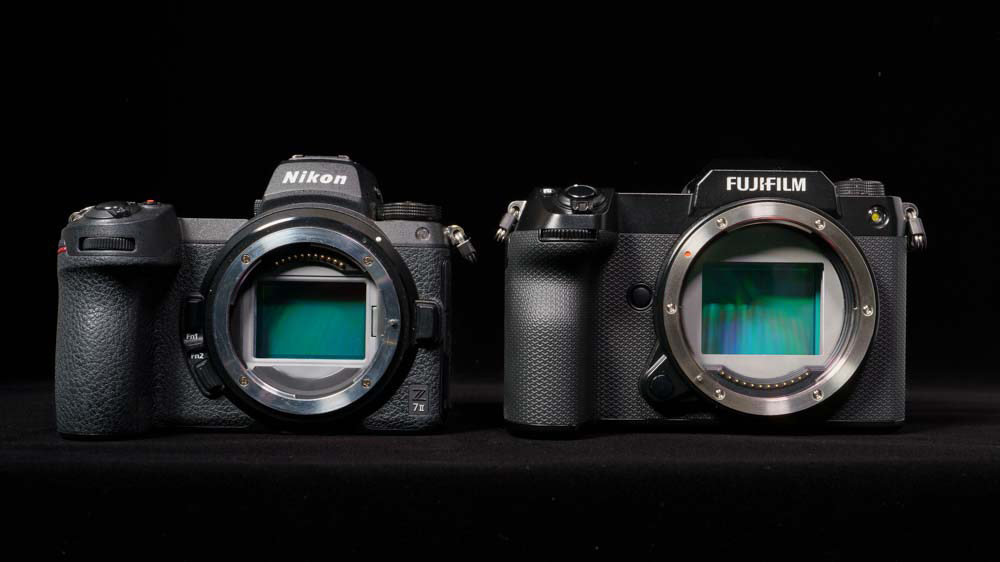
The power of the larger, Fujifilm GFX medium-format sensor
At the heart of the GFX100 II and GFX100S II’s advantages lies their large (43.8 x 32.9mm) sensors, that’s about 1.7x the size of a full-frame sensor. This difference in size has a profound impact on image quality.
For a start it means both cameras pack 102 million pixels into their sensors, resulting detailed images with bags of sharp detail even in very large prints or after heavy cropping. In practical terms, this translates into print sizes nearing a metre wide at 300ppi, while still capturing minute details that full-frame cameras may struggle to resolve.
The two GFX system cameras also have a 16-shot Pixel Shift Multi-Shot mode for capturing an astonishing 400MP of detail. This makes them a remarkable tool for high-resolution projects like commercial, landscape, macro, fine art and archive photography.
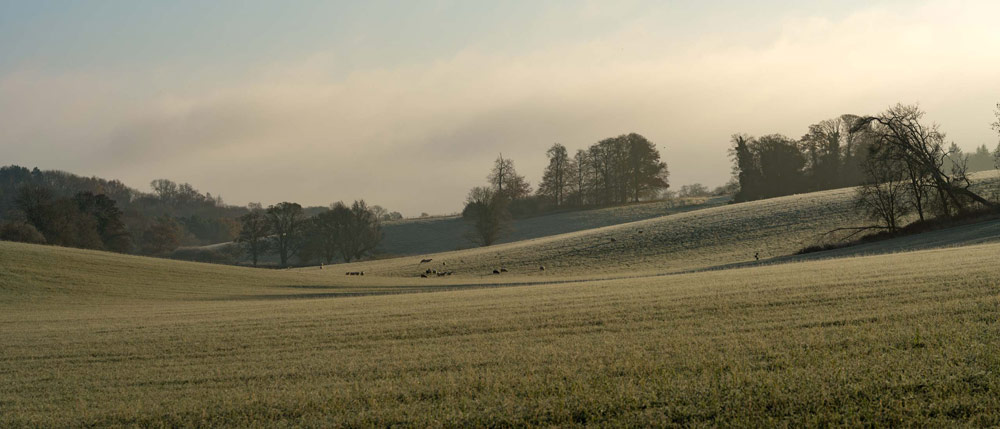
Dynamic Range and Colour Depth
Thanks to their sensor design and size, the GFX100 II and GFX100S II have very wide dynamic range, which means they excel in handling high-contrast scenes.
This manifests itself as superb highlight and shadow detail retention. That’s particularly useful for landscape or portrait photographers who need rich, detailed tones with natural gradations across their images.
Colour depth is another area where the medium format cameras shine. With 16-bit colour output, they record twice as many colours as the 12- or 14-bit images typical of full-frame models. This means richer colour gradation and subtler transitions, which is a bonus for a range of genres but again, it particularly benefits landscape and portrait photographers.
Fujifilm’s Film Simulation Modes, inspired by the company’s rich film legacy, are also on hand and enable photographers to create a range of looks and tones in-camera, boosting workflow efficiency for those wanting to minimise the time they spend post-processing on a computer.
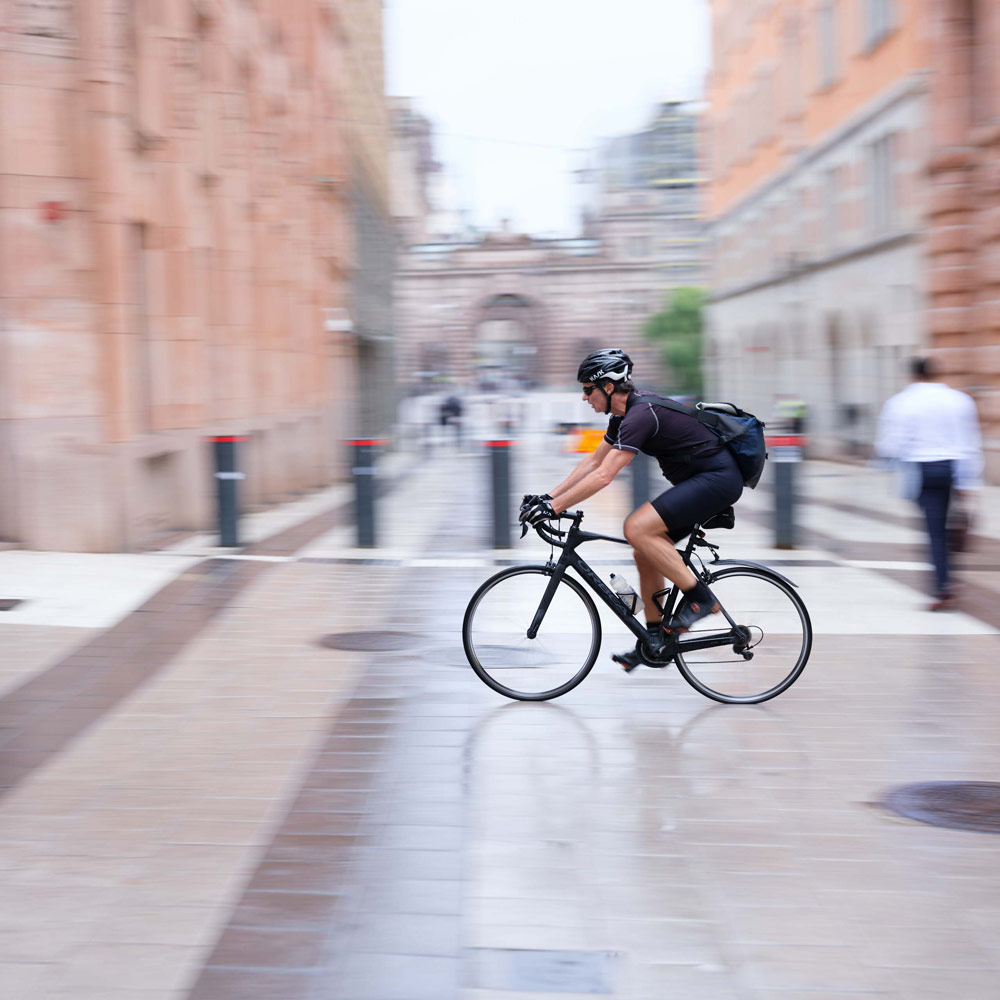
Autofocus that nails it every time
Historically, medium format cameras were criticised for having slow autofocusing. However, the Fujifilm GFX100 II and GFX100S II both benefit from an advanced hybrid AF system that combines phase and contrast detection. Also, the AI-based subject detection autofocus on the cameras covers a wide range of subjects, from human faces and eyes to animals, birds, automobiles and trains, even prioritising animal and bird eyes!
Once the camera recognises a subject, it locks on quickly, displaying a white box that turns green when focus is achieved. This makes the cameras suitable for a much broader range of photographic genres than traditional medium cameras – they can step outside of a perfectly lit studio and be used for wildlife and sports or event and social photography.
Both cameras achieve impressive continuous shooting rates, with the GFX100 II hitting 8fps (frames per second) and the GFX100S II 7fps. While this doesn’t quite match the rapid-fire speeds of some full-frame cameras, it’s important to remember the cameras are capturing images with a resolution of 100MP.

Superior handling and build quality
The GFX100 II and GFX100S II are designed with durability and usability in mind. The GFX100 II is slightly larger than the GFX100S II, but it has a detachable OLED viewfinder, offering the ability to shoot without it and rely on the 3.2-inch, 3-way tilting touchscreen for composing shots. Alternatively, there’s an optional tilting adapter that allows the viewfinder to be moved to suit your shooting angle.

The GFX100S II, in contrast, is designed for portability, being lighter and more compact – about the size of a typical full-frame DSLR. This makes it an ideal choice for photographers who need medium format quality in a travel-friendly form.
Both models have a 3.2-inch, 3-way tilting touchscreen for easy composition and intuitive control from different angles and are weather-sealed to handle tough conditions.
Get the medium format ‘look’
One distinct advantage of medium format photography is its unique aesthetic. Thanks to the larger than full-frame sensor, and the consequent shallower depth of field in comparison with full-frame at any given aperture setting, the GFX cameras (and the rounded aperture blades in GF lenses) give a distinctive 3D ‘pop’.
There’s better subject separation and smoother bokeh that’s ideal for portraiture or creating an immersive sense of depth in landscape or wildlife shots.
As mentioned earlier, high-resolution medium format camera offer greater potential for cropping images than full-frame models. That cropping extends to in-camera aspect ratio selection and both models offer no less than eight settings from traditional 4:3 to cinematic 65:24.
While that saves you time in post-processing, the ability to visualise the scene with the crop before pressing the shutter release is a more significant creative bonus.
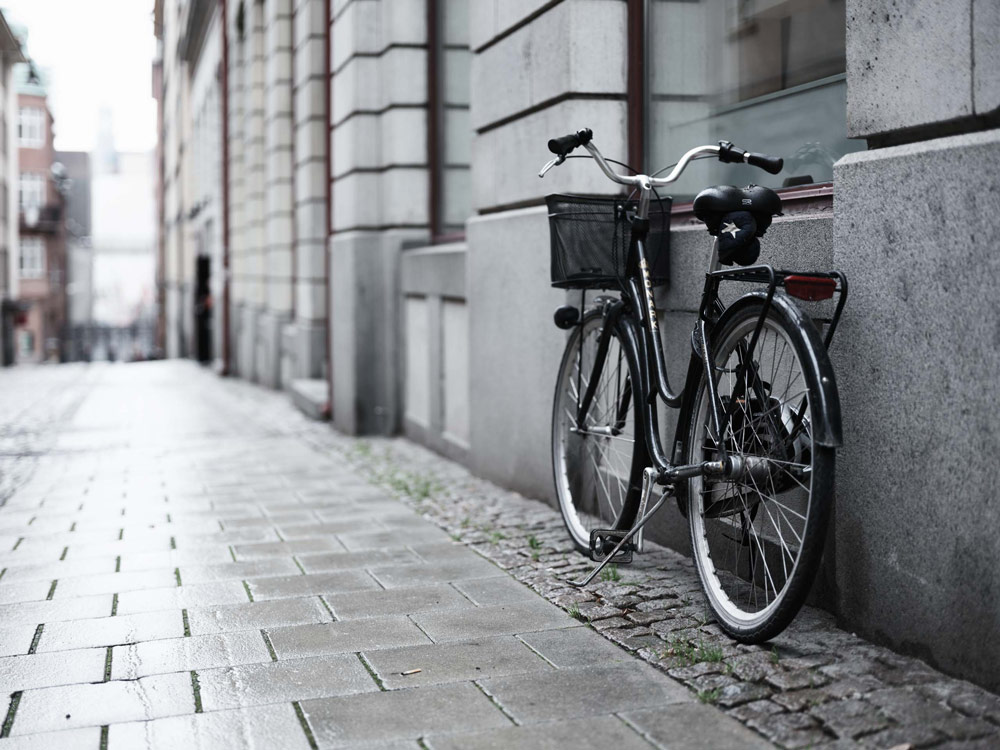
Video capabilities beyond your expectations
While medium format cameras are usually associated with stills photography, the two GFX cameras are also extremely capable video performers. Both cameras can shoot 4K 30p video and have a range of Apple ProRes 422 options – all while using the advanced AF and subject detection system.
The GFX100 II takes things further with 8K video at 30fps, giving extra scope for composition changes post-capture, and full-width 4K 60p for high-quality slow-motion movies. With the F-Log3 profile delivering over 14 stops of dynamic range, the GFX100 II offers cinematic quality and plenty of appeal to videographers.
Versatile lens options for every application
Fujifilm’s GF lens lineup is well-suited to a variety of photography styles. The new GF500mmf/5.6 R LMN OIS WR, for instance, expands the options for wildlife and sports photographers, while the compact GF50mmf/3.5 R LM WR offers a travel-friendly prime that pairs beautifully with the GFX100S II. Fujifilm has also developed tilt-shift lenses like the GF30mmf/5.6 T/S, ideal for architecture and still-life photographers.
With the five available zoom lenses covering a range from 20mm to 200mm, photographers have the flexibility to capture landscapes, portraits and macro scenes with superb image quality.

Conclusion: discover the magic of medium format
In summary, the Fujifilm GFX100 II and GFX100S II redefine what’s possible in medium format photography, making it more accessible and versatile than ever. Their large sensors, superior resolution and unique imaging characteristics provide a noticeable jump in quality from full-frame.
Add to that their advanced autofocus capability, high-speed performance and portable build, and you have a medium format system that appeals not only to studio-based photographers but to anyone who values high-quality imagery. They’re ideal for anybody wanting to take their photography a step further and leap beyond full-frame.
